Indianz.Com > News > The Conversation: Indigenous fashion designers showcase resistance and resurgence
Indigenous Fashion Week Toronto designers are showcasing resistance and resurgence
Thursday, December 3, 2020
The Conversation
This past weekend, the biennial Indigenous Fashion Week Toronto (IFWTO) took the virtual fashion world by storm.
Over four days, the festival showcased 15 designers who presented creative and artistic runway shows that underscored our interconnection to water. This year also marked the launch of a virtual marketplace that sold out in a matter of hours.
The event ran alongside a symposium — Fashioning Resurgence — in collaboration with Ryerson University’s School of Fashion, which hosted live and recorded panels on the Indigenous Fashion movement. Nine conversations shared ideas from within the Indigenous fashion movement, while welcoming others into the dialogue by offering diverse perspectives on a series of provocations. Themes included land-based fashion, colours, materials and symbols, Indigenous Fashion Education and the next generation. It also included masterclasses on branding, communications and collaborating with the mainstream fashion industry.
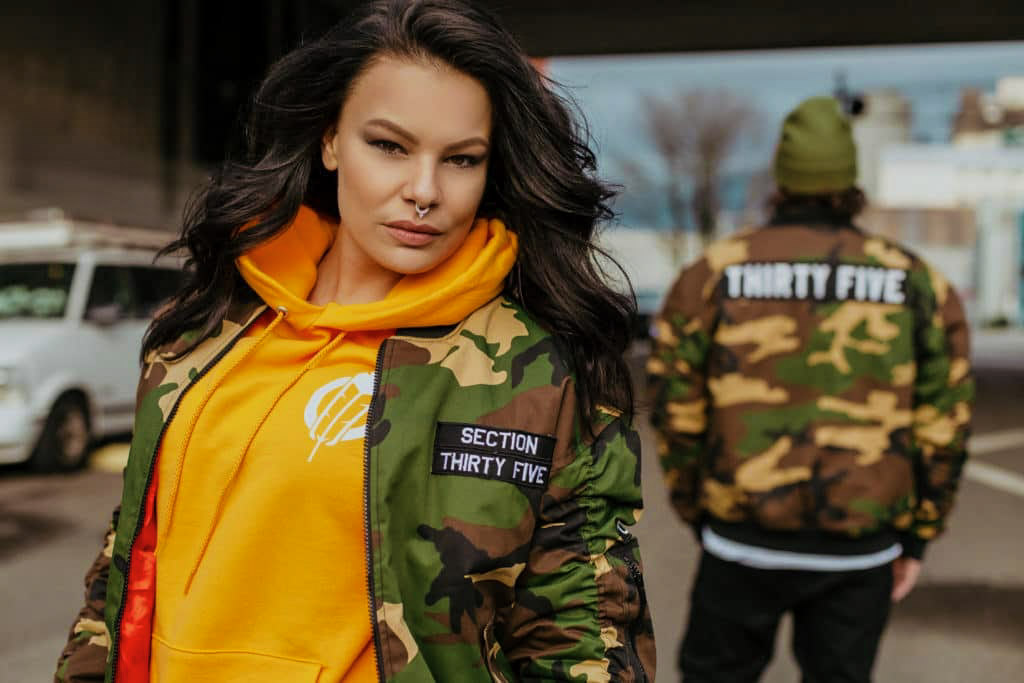
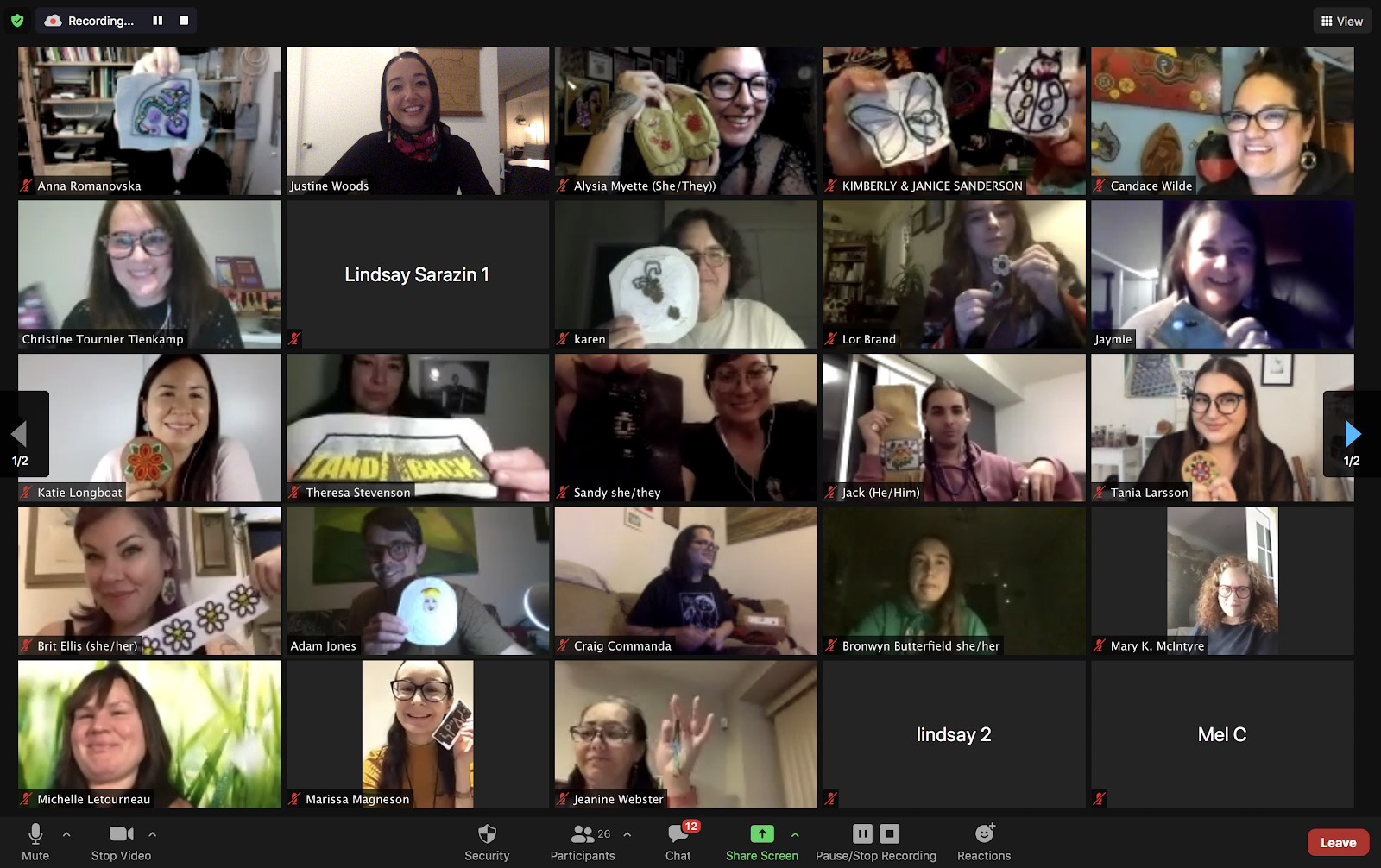
Knowledge sharing
Indigenous designers engage daily in the tasks of translating Indigenous worldviews and practices. This is partly what makes our fashion so revolutionary. Perhaps the most succinct example of this is Section 35, a brand named for the section of the Indian Act that has so profoundly shaped Indigenous life in Canada. Others, like Evan Ducharme, spoke to the ongoing struggle for Métis rights with his reworked “census print” which listed Ducharme’s maternal great-grandfather, James Lavallee, as “French” before it was was scratched out and replaced with “Indian.”
What sets Indigenous fashion apart are these stories and teachings embedded in the design, and the sustainable production systems that Indigenous communities mobilize to create Indigenous material culture. Articulating this significance is difficult on a fashion runway or in a photographic campaign. The immediacy of fashion’s visual culture must be combined with Indigenous stories. These challenges were discussed in the symposium.
Both the branding and communications panel and the panel on Indigenous fashion journalism discussed the importance of educating consumers. Creative consultants Andrew and Ian Foxall and journalism professors Candis Callison and Duncan McCue hinted that educating consumers is not just a task for brands, it’s a project for the movement itself.
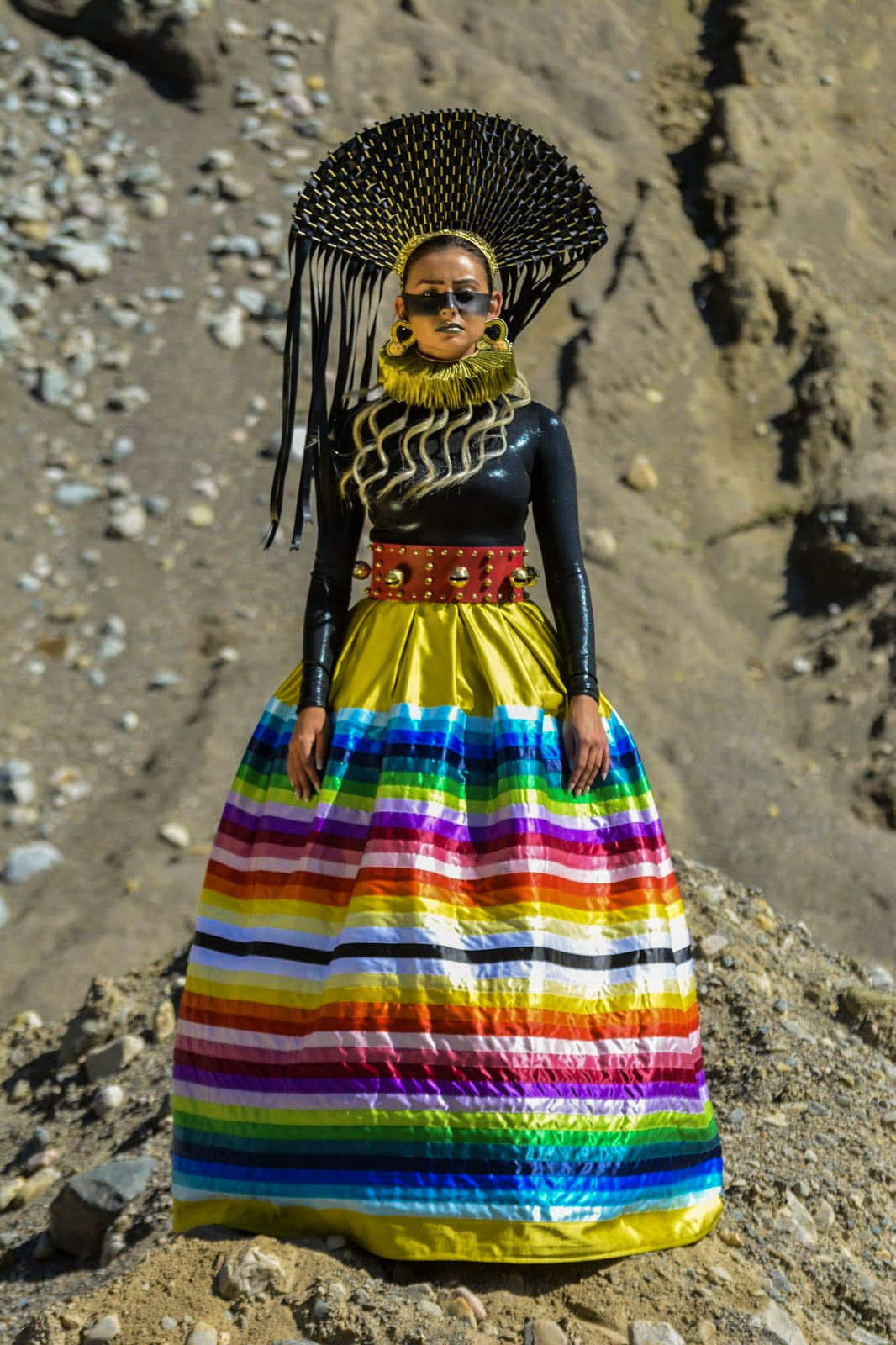

Better reporting on Indigenous fashion is needed
More depth and nuance is needed when reporting on Indigenous fashion.
The panel series was created to provide the cultural and historical contexts that situate Indigenous fashion. Indigenous designers and creators are engaged in resistance to systems of colonialism, capitalism, patriarchy and white supremacy, and a resurgence of the relations and practices that provide us with alternatives.
The second goal of the symposium was to initiate dialogue, without pretending to provide “answers.” The series began with questions: What does Land mean to you? How does Indigenous fashion support communities? How does Indigenous materiality convey meaning? How can “mainstream” brands respectfully collaborate with Indigenous designers?
How should Indigenous designers be representing themselves? How can fashion, craft and textiles be rendered in a virtual world? What’s the tea on that Christi Belcourt x Valentino collection? How do beading circles support resurgence? How can fashion schools support Indigenous sovereignty?
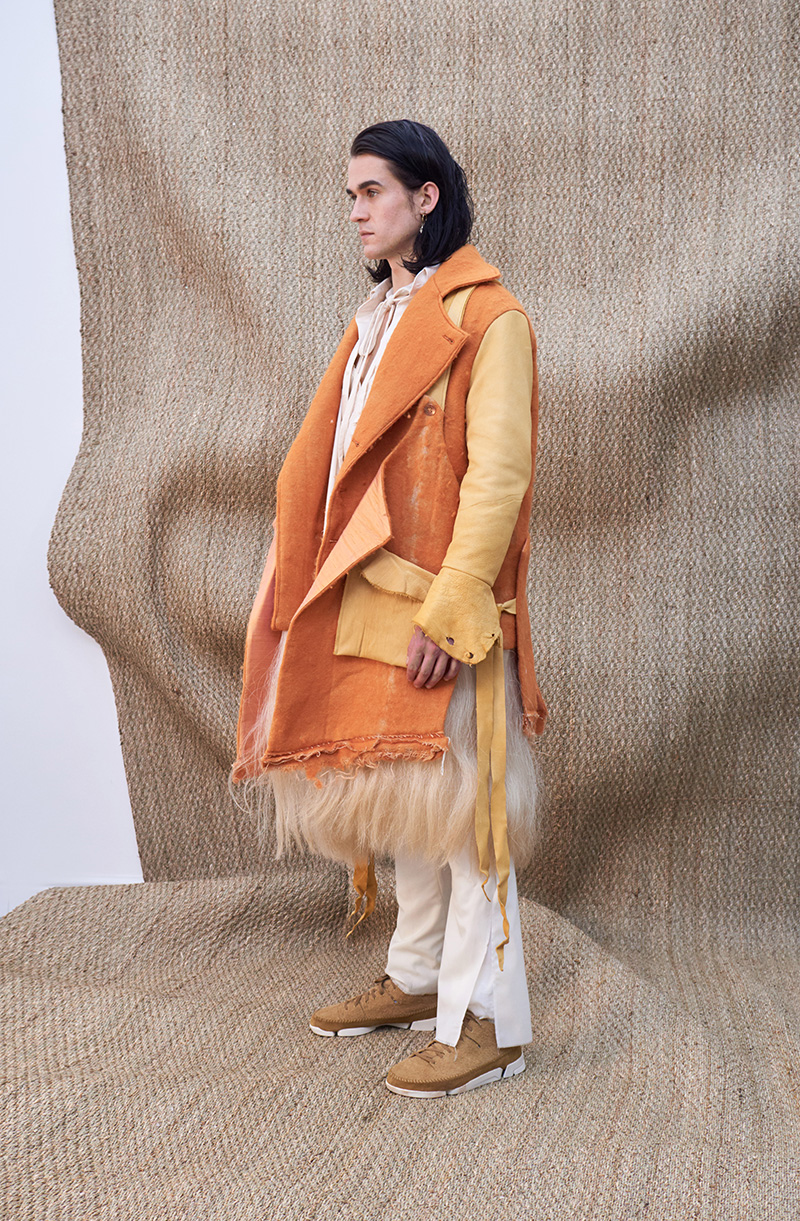
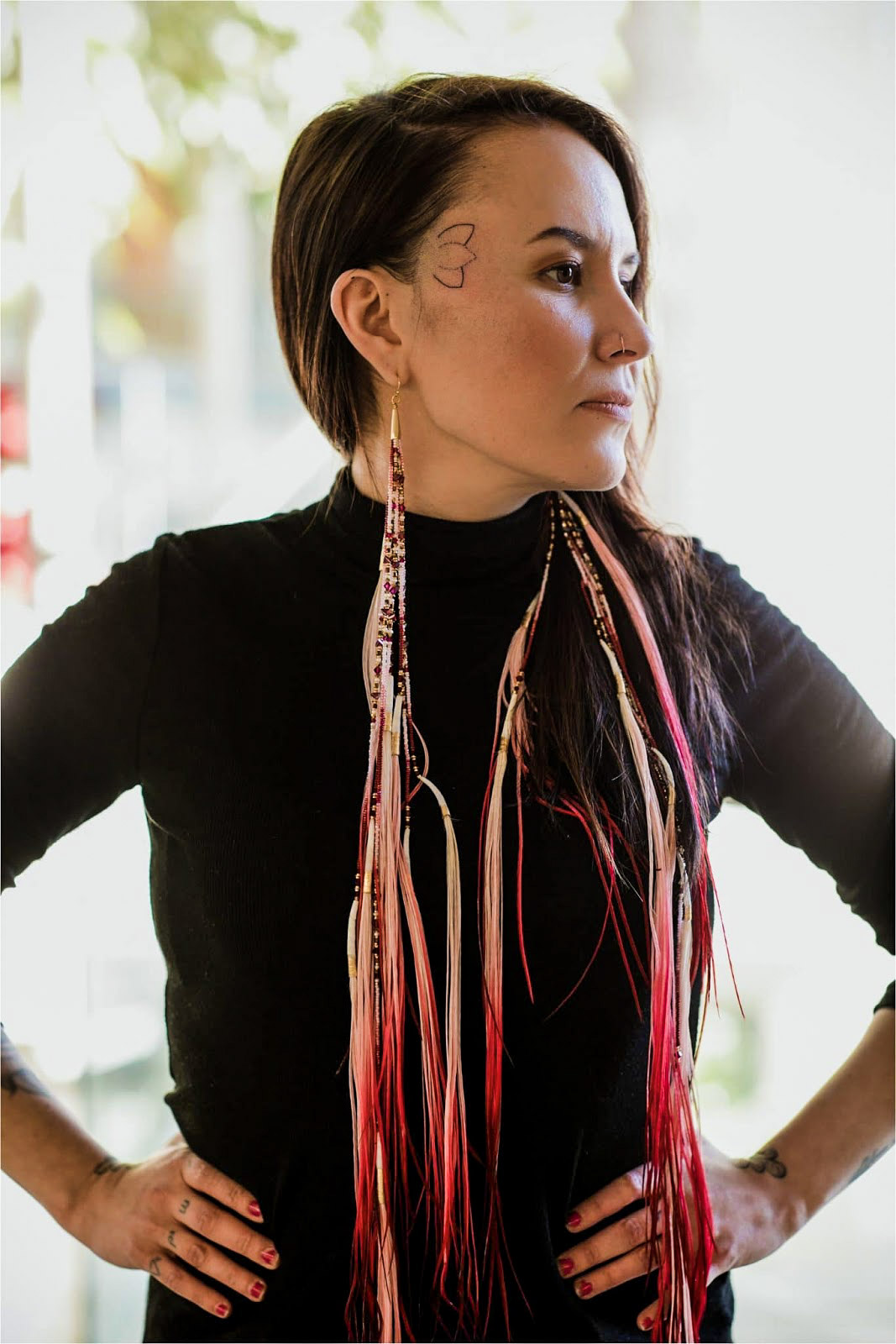
Read more: Indigenous Fashion Week Toronto is healing and resurgence in action
All runway and panel videos are available on the IFWTO YouTube page. Next, the team plans to transcribe these conversations and work with panel participants to edit and expand their ideas for publication in the open-source Fashion Studies journal. Participants will also identify avenues for future conversations.
Imagining futures
Indigenous fashion is a critical medium because of its potential to enable representational sovereignty, or the ability to fashion our own stories against dominant narratives.
Designers refute visual stereotypes with a future that requires looking back to ancestral Indigenous identities and clothing practices. Indigenous Fashion Week Toronto is a key supporter in exercising that sovereignty by providing a platform for designers.
The fashion that has been showcased is also a powerful model for the mainstream fashion industry, which has fumbled to balance its capitalist values and commitments to sustainability. Environmental pledges by “fast fashion” companies are ineffective because the model itself is systemically unsustainable.
The amount of interest in Indigenous fashion from the mainstream industry inspires hope that they’re ready to listen, but the lesson I’m left with is that there’s much work to be done within our own communities. The movement has momentum, but moving slowly means scaling responsibly and in good relation. The future is ours to imagine, together.Riley Kucheran (Biigtigong Nishnaabeg) is an Assistant Professor of Design Leadership at Ryerson University‘s School of Fashion. He is joining the Board of Directors of Indigenous Fashion Week Toronto and received funding from SSHRC and the Ryerson University Faculty of Communication and Design for the symposium. Alysia Myette is a Lecturer in the School of Fashion and School of Performance at Ryerson University.
This article is republished from The Conversation under a Creative Commons license. Read the original article.
Search
Filed Under
Tags
More Headlines
‘Racism is expensive’: Native activists still fighting for justice on treaty territory
Native America Calling: Studies show major tribal economic impact
Native America Calling: The scars left behind by wildfires
AUDIO: Nomination Hearing to consider Patrice H. Kunesh to be Chair of National Indian Gaming Commission
VIDEO: Nomination Hearing to consider Patrice H. Kunesh to be Chair of National Indian Gaming Commission
AUDIO: Business meeting to consider S.2695, S.3857, S.4442 & S.4505
VIDEO: Business meeting to consider S.2695, S.3857, S.4442 & S.4505
Senate Committee on Indian Affairs hosts business meeting
Native America Calling: Tribes continue to push National Monument designations for cultural preservation
National Indian Gaming Commission enters new era under President Biden
VIDEO: ‘By the Fire We Carry: The Generations-Long Fight for Justice on Native Land’
Native America Calling: Putting broadband access into tribal hands
Sovereign Nations of Virginia host annual conference
NAFOA: 5 Things You Need to Know this Week
Chuck Hoskin: Cherokee Nation works to meet housing challenges
More Headlines
Native America Calling: Studies show major tribal economic impact
Native America Calling: The scars left behind by wildfires
AUDIO: Nomination Hearing to consider Patrice H. Kunesh to be Chair of National Indian Gaming Commission
VIDEO: Nomination Hearing to consider Patrice H. Kunesh to be Chair of National Indian Gaming Commission
AUDIO: Business meeting to consider S.2695, S.3857, S.4442 & S.4505
VIDEO: Business meeting to consider S.2695, S.3857, S.4442 & S.4505
Senate Committee on Indian Affairs hosts business meeting
Native America Calling: Tribes continue to push National Monument designations for cultural preservation
National Indian Gaming Commission enters new era under President Biden
VIDEO: ‘By the Fire We Carry: The Generations-Long Fight for Justice on Native Land’
Native America Calling: Putting broadband access into tribal hands
Sovereign Nations of Virginia host annual conference
NAFOA: 5 Things You Need to Know this Week
Chuck Hoskin: Cherokee Nation works to meet housing challenges
More Headlines